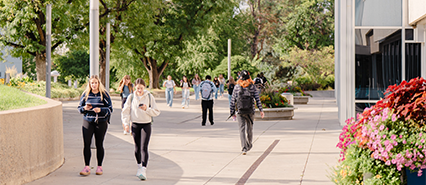From Steel to Scholars: Chris Beltran's Journey at CSU Pueblo
Release Date: October 10, 2024
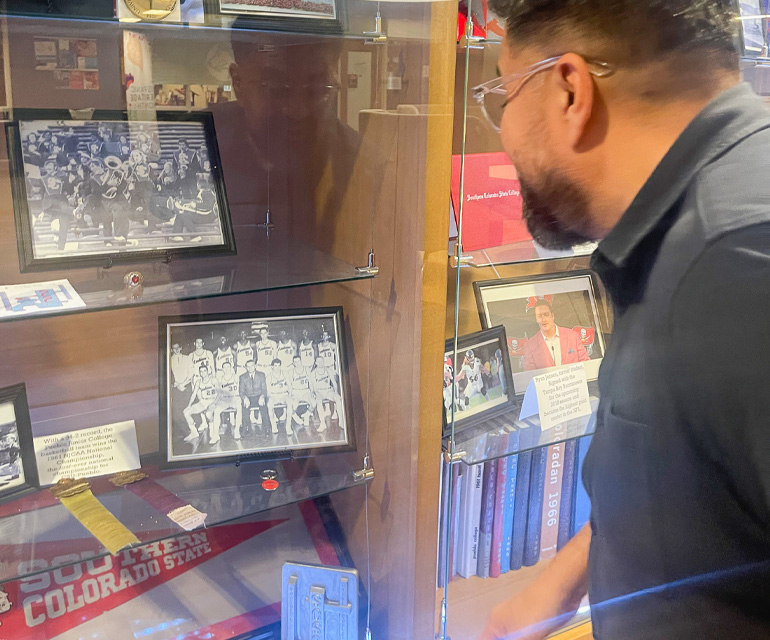
From the sixth floor of the Colorado State University Pueblo (CSU Pueblo) library, one can gaze out over the city's horizon. Jutting out of the landscape are stark vertical lines as if they want to puncture the sky. The iconic smokestacks that dominate the skyline come from the mill which gave Pueblo the nickname, Steel City. It’s part of the Colorado Fuel & Iron (CF&I) steel plant, a manufacturing complex that tells a story of both prosperity, decline, and upward mobility.
Chris Beltran, Director of Hispanic Serving Institution (HSI) Initiatives at CSU Pueblo, rolls up his sleeve outside the school’s student center to reveal a tattoo on his left underarm. The gray, pink, and orange ink depicts the recognizable silhouette of those very smokestacks – a personal symbol of both industrial might and personal heritage.
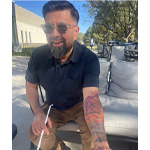 Figure 1 Chris Beltran, Ph.D., shows his tattoo of the Colorado Fuel & Iron plant
Figure 1 Chris Beltran, Ph.D., shows his tattoo of the Colorado Fuel & Iron plant
“This tattoo is more than just an image,” Beltran says, tracing the inked lines with two fingers. “It's a tribute to my family's journey, my faith, to the hard work and sacrifices of those who came before me. Every time I look at it, I'm reminded of where we came from and how far we've come.”
As a fourth-generation Puebloan, Beltran's roots run deep in this city along the Arkansas River. His story, like that of many in Pueblo, is linked to the CF&I plant that still dominates the city's skyline, even as its economic influence has waned.
 Figure 2 Beltran's tattoo of the CF&I steel mill
Figure 2 Beltran's tattoo of the CF&I steel mill
Founded in 1892, CF&I quickly became a powerhouse, attracting workers from around the globe and transforming Pueblo into one of the wealthiest cities in the region. By 1903, industrial titans John D. Rockefeller and Jay Gould's heirs controlled the company, which held a place among the Dow Jones Industrials from 1901 to 1912. The plant's influence is still visible in the city's infrastructure, from the brick facade homes to the Victorian mansions in the historic Bessemer neighborhood.
However, the steel industry's decline hit Pueblo hard. Rod Slyhoff, president and CEO of the Pueblo Chamber of Commerce, recalls the day everything changed in 1984. “It's in my mind all the time,” Slyhoff said in an “I believe it was in March, 6,500 pink slips were issued to the (steel mill company) employees. And our economy changed drastically in one day.”
The economic transformation of Pueblo is challenging. According to a 2018 NPR report, Pueblo's median household income is just $36,000 a year, significantly lower than the Colorado average of $65,000. The city has been grappling with high poverty rates, with nearly 24% of its residents living below the poverty line. The statistics reflect the lasting impact of the steel industry's decline on the community. Despite these challenges, the report also highlighted Pueblo's efforts to reinvent itself, focusing on sectors like renewable energy and marijuana cultivation to stimulate economic growth.
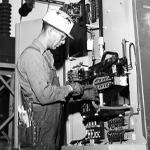 Figure 3 Worker Gilbert Trujillo, journeyman electrician, at a machine. Picture taken for CF&I Blast’s “Hand Tools” story, February 16 courtesy of LatinoHistoryProject.org
Figure 3 Worker Gilbert Trujillo, journeyman electrician, at a machine. Picture taken for CF&I Blast’s “Hand Tools” story, February 16 courtesy of LatinoHistoryProject.org
Today, only about 6% of Pueblo's jobs are in manufacturing. "What CF&I did, besides making billions of dollars, was bring some sense of prosperity to Pueblo by capitalizing on the labor of minorities," Beltran explains. "They had a concerted effort to go to Mexico, where my family is from, to recruit workers. It flooded Pueblo with families, creating neighborhoods supported by working at CF&I."
Beltran's great-grandparents were among those who crossed the border from Mexico, drawn by the promise of work at the plant. Little did they know that their journey would set in motion a legacy that would shape not just their family, but the entire community.
This legacy extends beyond the steel mill to Colorado State University Pueblo, where three generations of Beltran’s family have walked the halls in pursuit of higher education. Chris's uncle was a point guard for the basketball team, clinching a championship in 1972. His mother followed, as did Chris himself. Now, his son is a freshman, carrying on the family tradition. When he graduates, he’ll wear the legacy cord just as Beltran did.
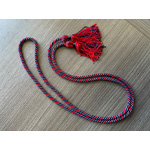 Figure 4 The Legacy cord for CSU Pueblo graduates
Figure 4 The Legacy cord for CSU Pueblo graduates
"My great uncles worked in CF&I," he says, his voice filled with pride. "They came at the age of 13, children working with grown men, putting in 50 years and retiring with a pension. They did the kinds of things that most other first-generation Mexicanos who came to this country really found prosperity in."
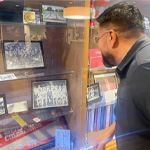 Figure 5 Beltran looks at the '61 NJCAA championship basketball field where his uncle wore the number 34 when CSU Pueblo was the Pueblo Junior College
Figure 5 Beltran looks at the '61 NJCAA championship basketball field where his uncle wore the number 34 when CSU Pueblo was the Pueblo Junior College
That prosperity, Beltran notes, often translated into educational opportunities for the next generation. "What people didn't anticipate was that some of those folks, like my family, mortgaged their homes to send their kids to college," he explains. "College was much more affordable back then, but you would still have to take out a mortgage on your home to send your kids to the local junior college or what would become the university."
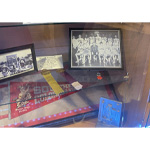 Figure 6 Framed photo of the basketball team on display in the Occhiato Student Center
Figure 6 Framed photo of the basketball team on display in the Occhiato Student Center
In his role as Director of HSI Initiatives, Beltran is determined to share these stories. He's been instrumental in securing $42 million in federal grants over the past decade to support low-income Latino students on campus. But beyond the numbers, Beltran sees his work as a way to honor the sacrifices of those who came before him.
This multi-generational connection to both the city and the university gives Beltran a unique perspective on Pueblo's past, present, and future. "Pueblo gets a bad reputation due to the economic downturn after the steel mill went bankrupt," he acknowledges. "But there's so much more to our story."
It's this rich history that Beltran hopes to highlight through initiatives like "We Are Pueblo," a storytelling event to celebrate the diverse narratives that make up the city's identity. As he looks out from the university that sits on the hill overlooking the CF&I plant, Beltran sees not just the past, but a promising future.
“We're not just telling our story," he says, touching his tattoo once more, "we're writing the next chapter. And it's one of how people came, created a community, and used the power of education to build better lives.”


